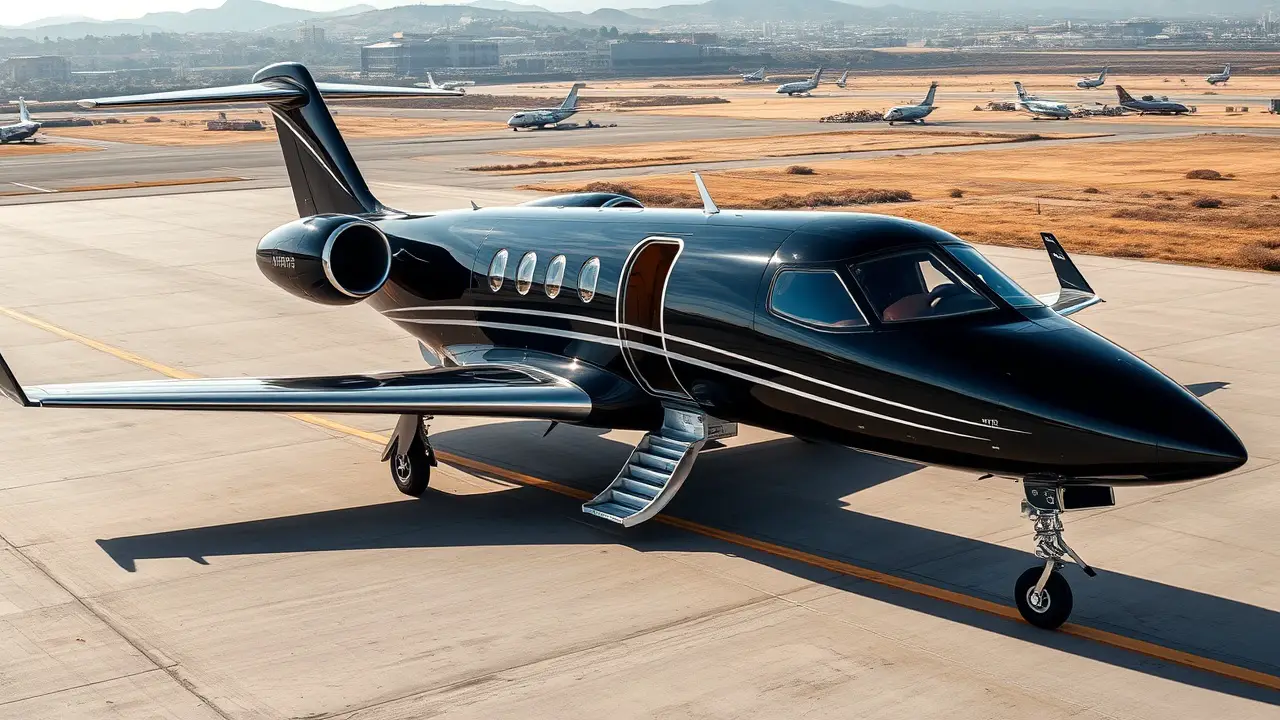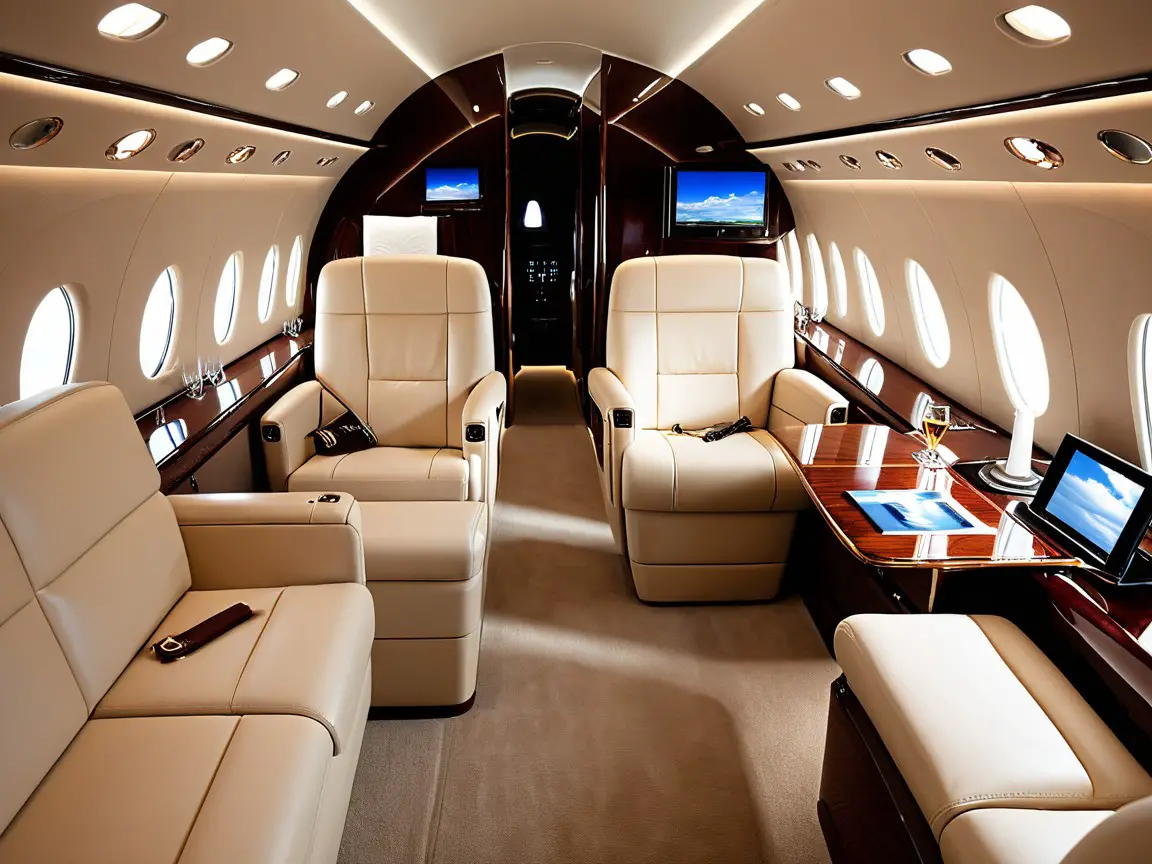Do backpacks count as personal items? Yes, backpack is counted as personal item while going flying. There are so many things to consider while traveling, and I like being prepared. Here’s some of my knowledge that can help you too!
Yes, backpacks count as personal items at the airport. However, they must fit in the overhead bins or under a seat.
Contents
Remember, TSA can search your backpack, so make sure you have no liquids, gels, or aerosol containers.
You probably already knew that backpacks are considered personal items since you have used them for so long. But it can’t hurt to check for references.
Here is an article that helps you understand how many personal items you can bring on airplanes.
The airline website says that personal items count as a bag, but the policy is vague about what counts as a personal item.
If my backpack is too big, does that mean it won’t count as one of my bags?
This policy seems open to interpretation, despite the official word from the airlines themselves.
Do backpacks count as personal items?
Yes, backpacks are considered personal items. However, some airlines have stricter limits than others.
Some airlines will allow a backpack as a carry-on but not a checked bag.
If you’re taking a flight that allows only one carry-on and one personal item, it’s best to check the rules of your specific airline before heading to the airport.
If you have any questions about what counts as acceptable baggage for your flight or how much it costs to fly with more than two bags or luggage.
Be sure to check with your airline directly before making any reservations!
If you’re looking for more information on how to pack your backpack, check out our guide here.
It’s also important to make sure that everything in your bag fits within the airline’s size requirements. If it doesn’t, they’ll charge extra fees or make you check it at the gate.
If you’re looking to save money on your next trip, be sure to check out our guide on how to pack less clothes in your backpack.
It’s one of the easiest ways to cut down on costs when traveling!
Read more articles: Do Private Jets Have Showers?
Do airlines consider backpacks to be carry-on items?
Sure, they’re usually considered personal items. However, some airlines do not allow backpacks in the cabin, so you should check with your airline before packing one.
Some airlines allow you to check your backpack for free; others charge a fee for checking bags of any size and shape.
When in doubt about whether or not your backpack will count as a carry-on item by airline policy.
It’s best to err on the side of caution and go with another bag that can fit within their guidelines.
If you’re packing for a long weekend, consider using a backpack as your carry-on bag.
Backpacks are great because they offer more space than a traditional suitcase or duffel bag, allowing you to easily fit everything you need in one place.
If you’re planning on bringing electronics like laptops or cameras with you, pack them in their own protective cases so they don’t get damaged during travel.
Read more articles: Aviation Psychologist
When does a backpack count as a checked bag?
It depends on the destination. If you are flying to a destination that requires you to make connections, the airline may require you to check your bag.
This is especially true if the flight isn’t direct and has multiple stops along the way.
In this case, it’s best to check in online so that your backpack can be stored in advance and will be waiting for you at baggage claim when you arrive at your final destination.
The other option is not checking any bags at all; however, this can save both time and money since airlines charge additional fees for checking luggage.
If your bag is too heavy or bulky, then it will count as one of your two personal items (the other being a purse or briefcase).
If this happens to be the case with yours, don’t worry it’s actually very easy to get around this rule!
You can easily take out some of the items in your backpack, such as clothing and toiletries, so that it is lighter.
Another option would be to pack a smaller bag inside your larger one; this way, you can separate your belongings into two different bags.
Read more articles: How Much Fuel Do Private Jets Use?
How do airlines enforce size and weight restrictions?
Each airline has its own rules for what counts as a carry-on item, but in general, you should be able to fit your personal items inside the cabin (like your backpack) or under the seat in front of you.
Some airlines have size limits for personal items as well as weight limits for personal items; other airlines have size limits for carry-ons.
Most often, these rules apply to luggage that fits within a certain size range usually 22″ x 14″ x 9″ (56 cm x 36 cm x 23 cm), but check with your airline directly before getting in line at the airport!
The airline is responsible for the safety of its passengers and crew. To ensure that the aircraft can meet safety requirements, airlines may enforce size and weight restrictions for baggage.
Airlines have different rules about what you can carry on board with you and what you have to check in as luggage.
Some allow only one piece of luggage, while others allow two bags of up to 23 kg each.
In general, airlines will not accept bags that exceed their limits. If they do accept a bag that exceeds the limit, they will charge a fee per kilogram above the limit.
The fee depends on the airline and destination, but normally costs at least $50 per kilogram over the limit.
The size of your bag depends on where you’re flying and what type of plane it is.
A domestic flight may have smaller dimensions than an international flight because there are more passengers on domestic flights than on international ones;
therefore, space is limited when flying internationally. Airlines also have restrictions based on how much weight each passenger can carry:
some airlines require passengers to weigh no more than 100 pounds or 50 kilograms so they don’t exceed their weight limit during take-off or landing (when most damage occurs).
Read more articles: What is the Alphabet Used in Aviation?
Does it make a difference if you’re flying internationally?
If you’re flying internationally, the rules are a little different. You can bring one personal item on board but no carry-on luggage.
This means that if your backpack is considered a carry-on, it can’t be in the cabin with you. If it doesn’t fit under the seat or in an overhead bin during boarding.
It will have to wait outside of security until after landing and that’s assuming it doesn’t get lost or stolen along the way!
The most common way to enforce size and weight restrictions is with a simple scale. Airlines have these at the gate.
Where they can tell you if your bag will fit under the seat or in the overhead bin.
If it doesn’t fit, you’ll have to check it and pay the applicable fee. Airlines also use scales to weigh passengers themselves, but this is less common.
If you’re traveling with an infant and need to bring along a car seat, you’ll have to wait until after boarding to get weighed.
If your bag is oversize or overweight, it will be tagged with a large red sticker that says “OVERWEIGHT” or something similar.
You’ll then have two options: either find a way to make it smaller or heavier (by removing items) or wait until after landing so that you can re-pack it in another location.
Read more articles: How Safe are Private Jets?
Can you bring two backpacks on a plane?
Yes, you can bring two backpacks on a plane. If you’re traveling with your family, they can each bring a backpack or small purse as long as they weigh less than 50 pounds combined.
Your bags will also have to fit into the overhead bins on the airplane or under the seat in front of you.
So if a carry-on bag doesn’t fit into those areas, it’ll need to be checked at the gate.
If you’re traveling with a lot of luggage and need to check some bags, the most important thing is to make sure they’re well labeled.
You should also keep any valuables in your carry-on luggage so that they don’t get lost or stolen.
If you want to bring a lot of luggage, be sure to check with your airline first. Some airlines have restrictions on how much can be brought in carry-on or checked bags.
Don’t forget your personal item size limits.
If you plan to bring a bag, make sure that it meets the size requirements for your airline.
Many airlines limit carry-on bags to dimensions of 9″ x 14″ x 22″ and a weight of less than 50 pounds.
If you have a larger bag or box, there are typically options for checking it at the airport for free or for a fee.
You may also be able to purchase an extra storage bin at some airports if there is space available on the plane.
If you don’t want any items checked but still want more space in your personal items (for example, if you’re traveling with kids).
Consider purchasing a backpack instead of an oversized shoulder bag, which could be counted as part of your carry-on baggage allowance.
Because backpacks are designed specifically to hold bulky items such as clothes and shoes.
They generally tend not to get counted towards carrying capacity limits, even though technically speaking they’re still considered “bags.”
If you’re packing a lot of stuff and have a large backpack, consider rolling or folding it up so it takes up less room.
You could also consider packing some items in plastic bags to protect them from damage during your trip.
Many airlines have special policies for families with small children who are traveling alone;
they may allow you to check these items for free instead of paying a fee or buying an extra seat.
Read more articles: Can Aviation Fuel Melt Steel?
Do airliners charge for extra baggage before takeoff?
Airports and airplanes charge for overweight bags. You can expect to pay a fee if you bring more than the designated weight limit, which is usually 50 lbs (23 kg) before takeoff.
This means that you should take any heavy items out of your bag before going through security.
As anything weighing more than 7 to 10 pounds will likely get flagged by the TSA.
If you’re already at the gate, airlines may also charge for extra luggage during the flight. If an airline has a pre-existing policy regarding overweight baggage charges,
They will try to let you know before your flight leaves by sending you an alert message with pricing information when you check in on their website or app.
In some cases though if your flight is full and there are no standby passengers available you could be stuck paying significant fees after getting onto board!
The good news is that airlines usually provide a weight limit for checked-in bags.
This should be included in the terms and conditions of your ticket, so be sure to check before packing!
If you need additional information about your flight, you can also contact the airline directly or visit their website.
Most domestic flights within the United States have a weight limit of 50 lbs (23 kg) for checked bags.
This means that you should take any heavy items out of your bag before going through security, as anything weighing more than 7 to 10 pounds will likely get flagged by the TSA.
If you’re already at the gate, airlines may also charge for extra luggage during the flight. If an airline has a pre-existing policy regarding overweight baggage charges,
They will try to let you know before your flight leaves by sending you an alert message with pricing information when you check in on their website or app.
However, if you have a question about overweight baggage fees for your flight, ask your airline directly.
They should be able to give you the latest information on their policies and fees.
If they don’t have the answer offhand, they may be able to contact their central office and get back to you shortly.
Read more articles: Which Aviation Headset is the Best?
What is the actual size of carry-on bags?
Carry-on bags must not exceed a maximum weight of 7 kg and a maximum size of 55 cm x 40 cm x 20 cm (21.5″ x 15.7″ x 8″). If your bag is larger than this, it will need to be checked in at the airport.
There’s also a limit on how many personal items you can bring along with you for free: one bag plus one small purse or laptop computer case per person.
According to the TSA, “a personal item could include an umbrella, a spare pair of glasses, a cell phone, a wallet or purse, a laptop computer case, or a diaper bag or carrier.”
If you have more than one bag, then it’s likely that the second bag will be subject to the same size and weight restrictions as an airline carry-on.
This means you’ll need to pay for an additional ticket if your second bag is over these limits.
You’re allowed to bring liquids on board as long as they’re in a resealable container of 100 mL or less.
If you need to take more than this amount, then you’ll need to pack it into your checked luggage.
Other banned items include knives, scissors and sharp objects; tools like crowbars and wrenches; flammable aerosols like lighter fluid; fireworks or other explosives;
firearms and ammunition (including BB guns); compressed air canisters such as those used for paintball guns or air horns;
Oxygen tanks; compressed gas cylinders (like those used for butane or propane); any flammable liquid, like cleaning sprays and paint thinners;
aerosols like hairspray, deodorant, and air freshener; aerosol spray paints; liquid-filled fire extinguishers.
FAQ
1. Does a backpack count as a carry-on?
In some cases yes they do.
2. Can I bring two backpacks as a carry-on and personal item?
That will be too much for a carry-on bag.
3. Can I use a backpack as a personal item?
Yes in some cases.
4. What size can my personal item be?
Dimensions of personal items should not exceed 18 inches long, 14 inches wide and 8 inches high.
5. How big can a personal item be?
Your personal item like a purse or small handbag must fit under the seat in front of you. Dimensions should not exceed 18 x 14 x 8 inches (45 x 35 x 20 cm).
The bottom line
We hope this article has helped you learn more about the rules regarding backpacks as personal items.
It’s important to know that different airlines have different rules on this, so it pays to check before you fly!
According to the Transportation Security Administration (TSA), backpacks are considered personal items at airport checkpoints. Well, kind of.
A backpack should be accepted as an item that you can bring aboard the plane and not have to check at the ticket counter.
These bags must fit the 16″ x 13″ x 10″ restrictions and may be subject to further inspection at security checkpoints.
Expect to pay fees for each piece of luggage you check in, which can rack up pretty quickly if you’re traveling with a lot of baggage.
If you fly often, it may be useful to invest in a few durable duffel backpacks to make more efficient use of space and help you avoid these hefty fees.
In general, if a backpack is less than 21.6 x 13.8 x 7.8 inches in size and weighs less than 10 pounds.
It qualifies as a personal item and will follow the same rules as other small items in regards to count and size.
In many cases, backpacks are much smaller than these guidelines make them out to be, and even smaller bags always qualify as “personal items” if they don’t contain any liquids or gels.
Read more articles: Do Babies Need Ear Muffs for Flying?
Other related articles
- Private Jet Black | Experience Exceptional Service
- Private Jet Uk | Your Ultimate Guide
- Private Jet Ticket | Your Ultimate Pinnacle of Luxury
- Private Jet Travel Aesthetics | Elevate Your Travel Experience
- Private Jet 747 | Why You Should Know This
- Private Jet Interior Aesthetics | Do Not Ignore This Awareness













Leave a Reply